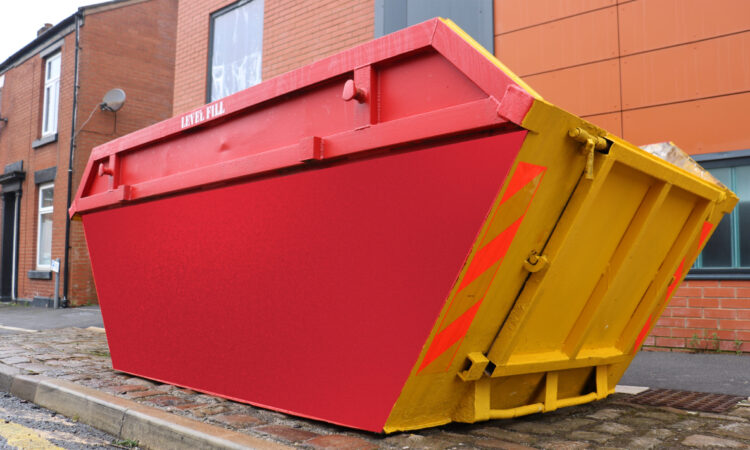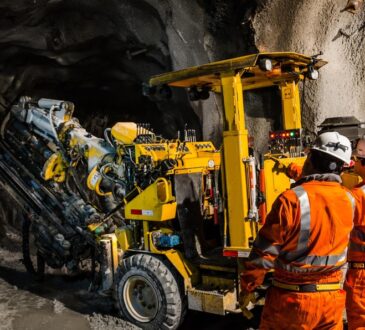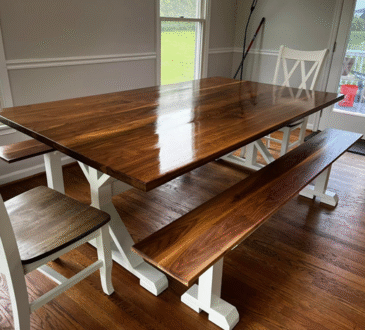
When undertaking any home renovation, construction, or clean-up project, one of the most important decisions you’ll face is selecting the proper size skip bin. Skip bins are essential for efficient waste management, but choosing the wrong size leads to unnecessary costs or logistical headaches. Skip bins come in various sizes measured in cubic meters or yards. Standard sizes range from 2 cubic meters to 30 cubic meters, with several options in between.
- 2-3 cubic meters- Ideal for small household cleanups or garden waste
- 4-6 cubic meters Suitable for medium-sized renovations or spring cleaning
- 8-12 cubic meters- Perfect for more extensive home renovations or small construction projects
- 15-30 cubic meters- Designed for significant construction or demolition projects
Factors to Consider When Choosing a Skip Bin
- Type of waste
The nature of your waste plays a crucial role in determining the appropriate skip bin size. Different types of garbage have varying densities and take up different amounts of space.
- Green waste (like branches and leaves) is bulky but light
- Construction debris (such as bricks and concrete) is heavy and compact
- Household junk be a mix of densities
Consider the composition of your waste when estimating the required bin size.
- Project scale
Another vital factor is the scope of your project. A simple garden cleanup will require a much smaller bin than a complete home renovation. Be realistic about the amount of waste you’ll generate throughout the project.
- Duration of the project
You might need a larger bin for longer projects to accommodate waste accumulation over time. Alternatively, you could opt for multiple smaller bins with scheduled pickups.
- Available space
Consider where you’ll place the skip bin. Ensure you have enough space for the bin and easy loading and pickup access. If space is limited, you should opt for a smaller bin with more frequent collections.
- Weight restrictions
Be aware of weight limits for skip bins. You overload a bin, which results in additional charges or refusal of collection. If you’re dealing with heavy materials, you might need a larger bin to stay within weight limits.
- Local regulations
Areas have restrictions on skip bin sizes or placement. Check with your local council or skip bin provider about any regulations that might affect your choice.
- Local considerations
If you’re looking for skip bins, there are some specific factors to remember.
- Seasonal demands- The area experiences varying weather conditions throughout the year. Demand for skip bins may increase during storm seasons or periods of high gardening activity. Plan and book your bin early.
- Local waste management policies- Skip bins have specific guidelines for waste disposal. Familiarize yourself with these regulations to ensure compliance when using skip bins.
- Residential vs. commercial areas- The type of area you’re in within Skip Bins Campbelltown available or where they are placed. Residential streets might have more restrictions than commercial zones.
Selecting the size skip bin is crucial to the success of your project. Consider the type and volume of waste, project duration, available space, and local regulations to make an informed decision. Remember, when it comes to skip bins, residents and businesses have various options available.




